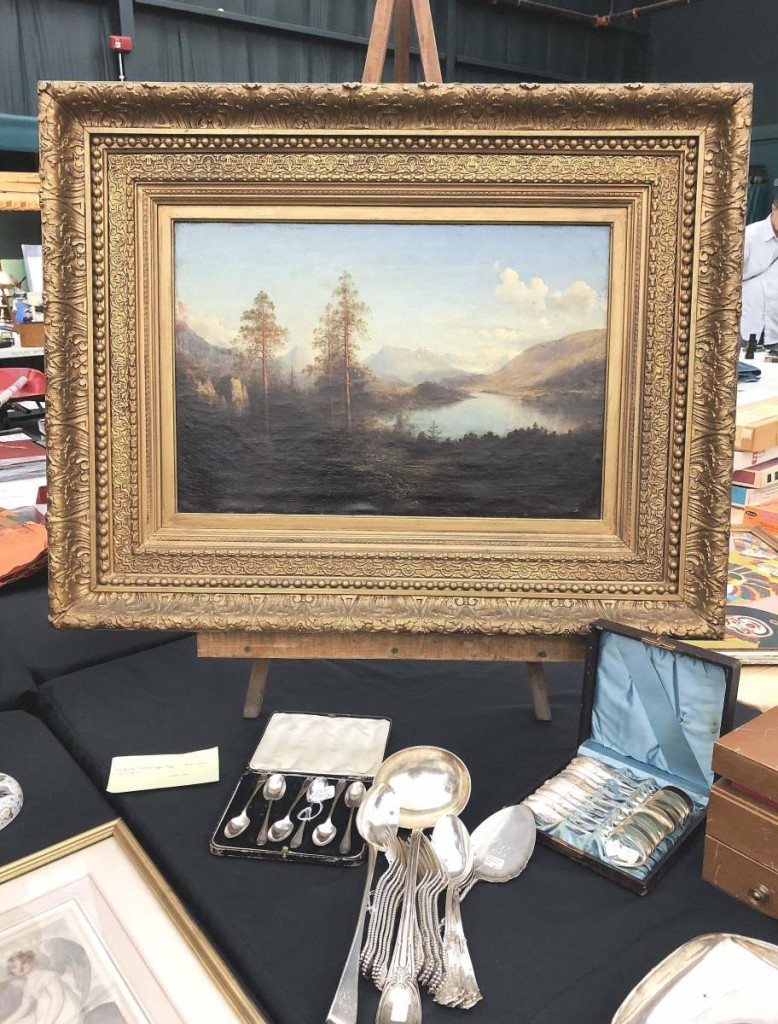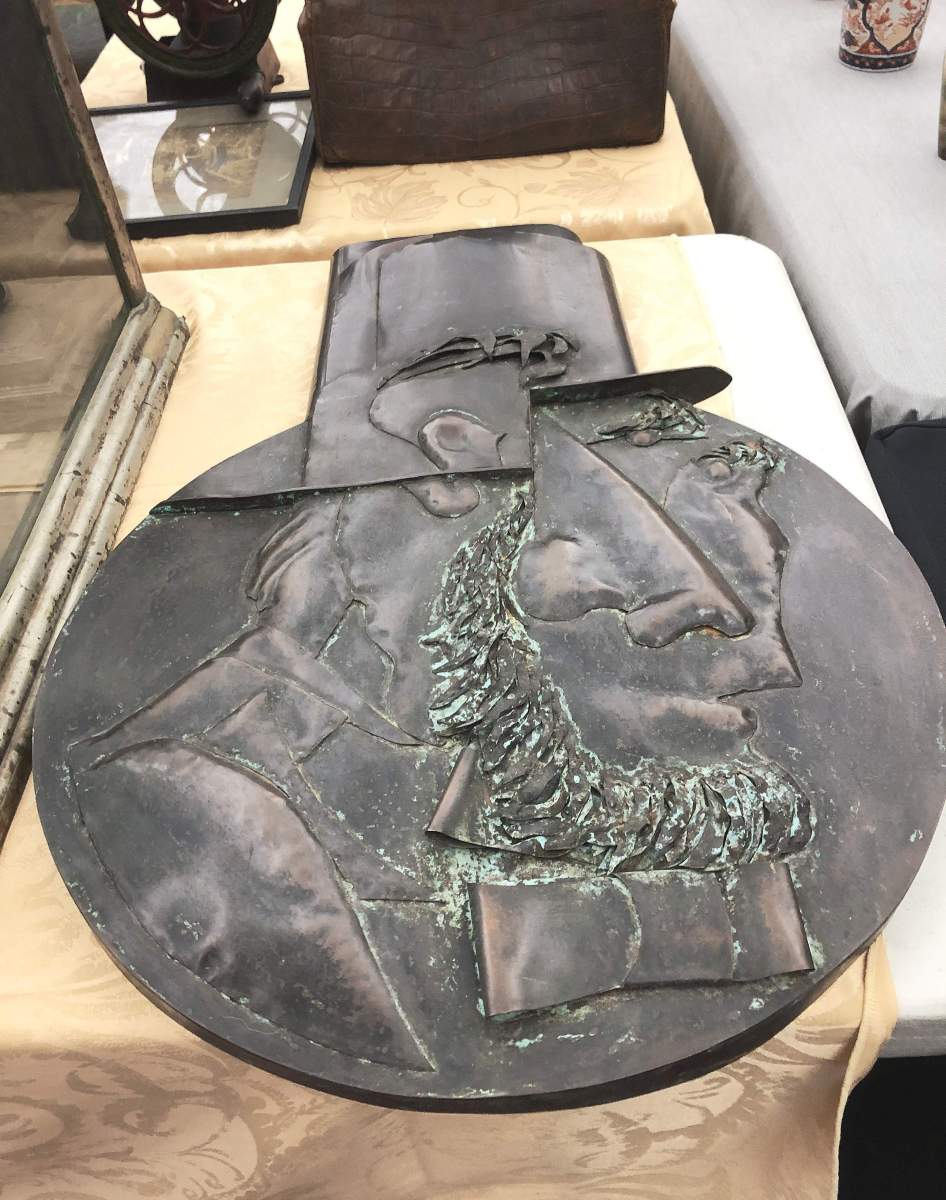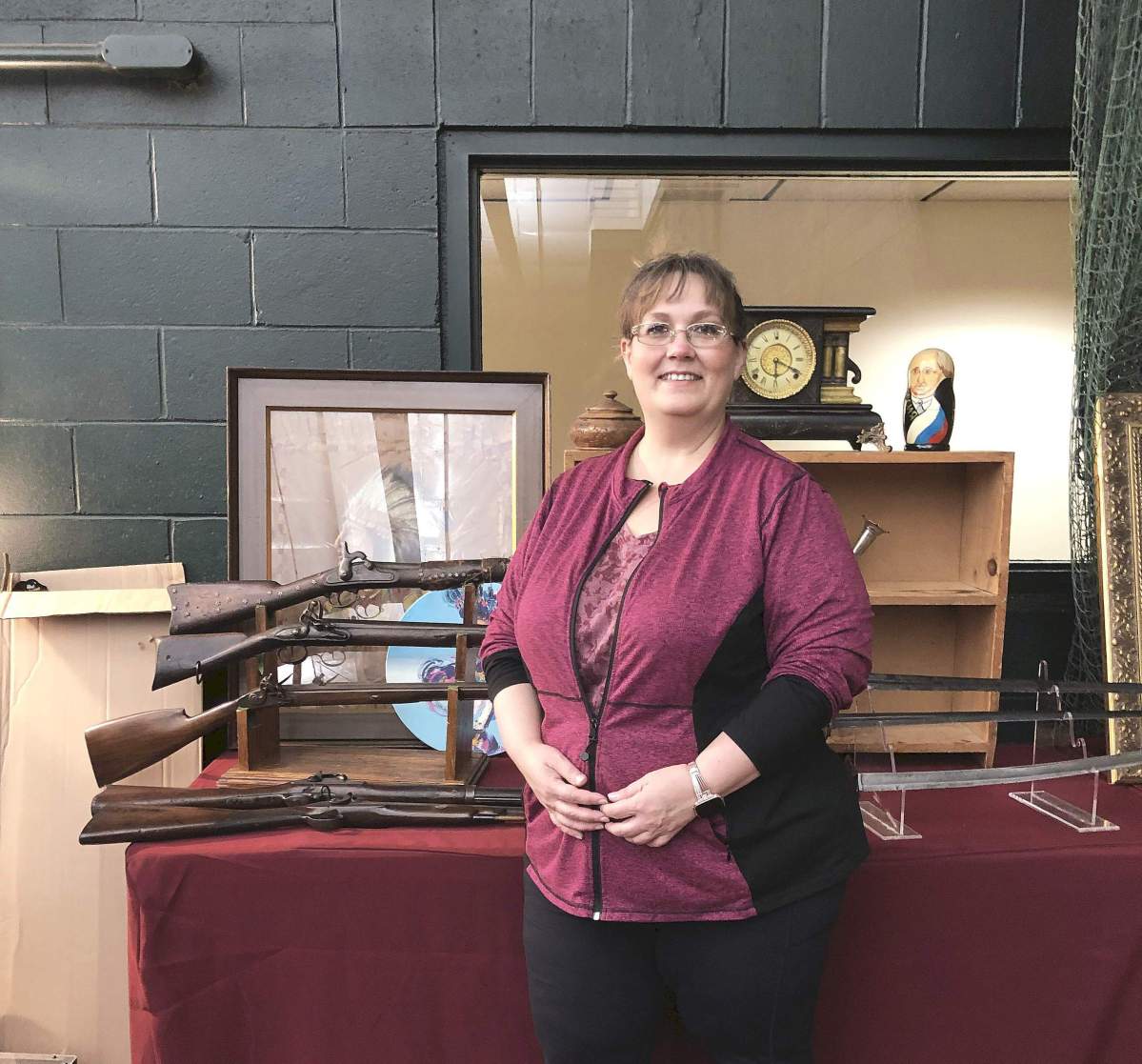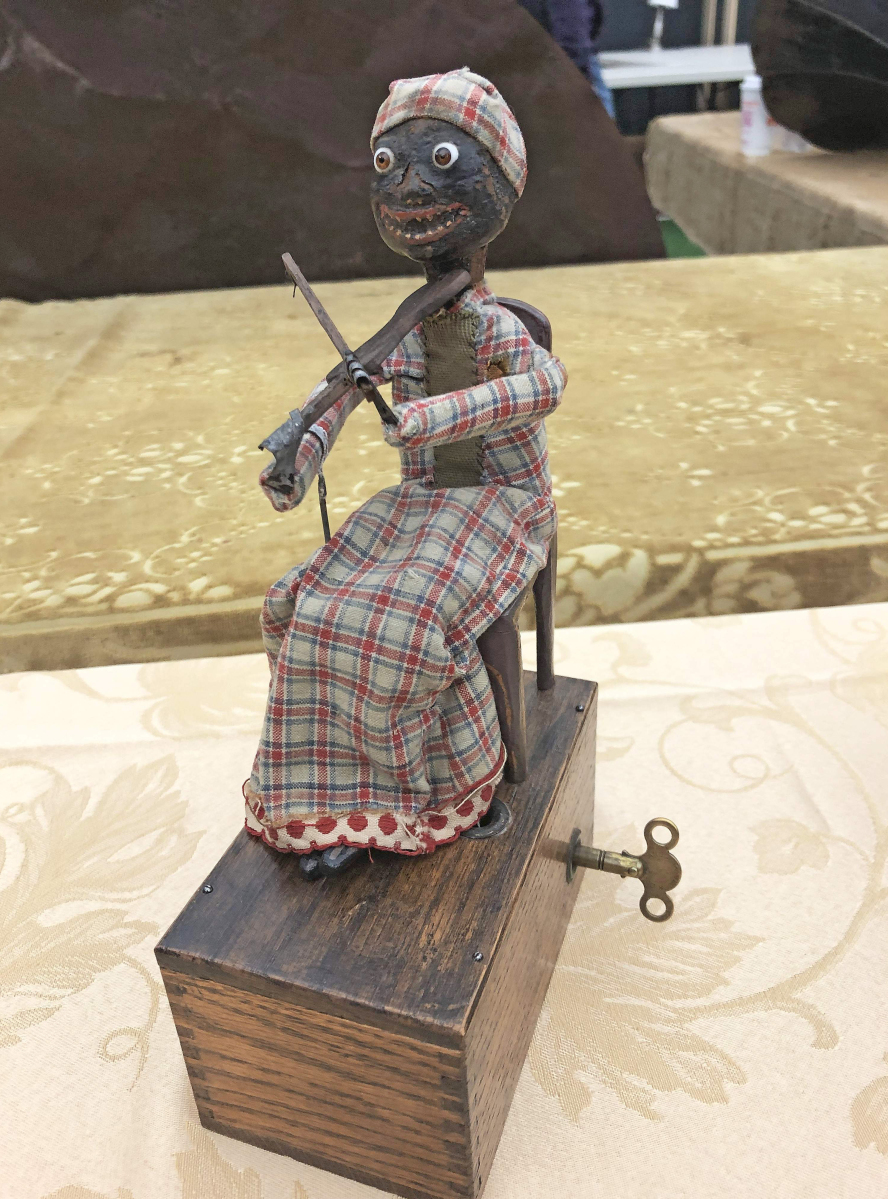Review and Photos by Rick Russack
MILFORD, N.H. – Jack Donigian has been running weekly fall, winter and early spring shows for a long time. Forty-five years, to be precise – first in Nashua, N.H., and for the last several years at the Hampshire Hills Athletic Club in Milford. It’s an easy place to find, just a short distance off a major east-west highway. The October 17 edition of the show was one of those events that numerous people looked forward to, especially since last year’s shows had to contend with Covid concerns. There were 71 exhibitors.
Dealers arrive around 6:30 am to unload and set up. Donigian offers differing admission rates. Early buyers wishing to be there as dealers are setting up pay $40. The show opens to the public at 8:30 am with an admission rate of $5, and after 9:30 am, admission is free. There were 41 people who paid the early admission rate. Donigian offers multi-week discounted packages for early buyers: $350 for ten shows, or $745 for the 23-show season. At the end of the season any unused admission credits can be refunded or credited towards next season. It’s an informal, dealer-friendly show, with customers awaiting the opening, able to shop a few booths near the front of the show. Traditionally, the show opening is announced by Donigian sounding a loud fire horn or train whistle.
This show differs from others in that the dealer roster, averaging about 55-60 over the course of the season, changes from week to week. Some exhibitors are there each week and others set up when it’s advantageous. That often means they set up a few days after clearing out a house, attic or barn. And therein lies part of the attraction. Donigian does not attempt to control what his dealers offer and does not vet the show. So almost anything can be found. And much of the merchandise is truly fresh, making the early buyer’s admission especially attractive. When this writer arrived about 6:45 am, he parked next to a buyer who was already carrying three boxes of purchases to his car and going back for more.
At these weekly shows, you can expect a broad selection of merchandise. That can be said of other shows but consider this list of categories that were available on this Sunday: quilts, hooked rugs, early glass, cap pistols and other toys, Inuit carvings, Eighteenth Century furniture, firearms, decoys, jewelry, Asian items, clocks, stoneware, early iron, paintings, early photographica, weathervanes, silver, postcards, books and even more. Prices are generally reasonable.

Jeff Andrews, Salisbury, Vt., offered a relaxing landscape with mountains, a lake and clouds. It was done by Norwegian artist Magnus Thulstropp Bagge (1825-1894) and was priced $1,450.
More shoppers stopped to look at a miniature chair in the booth of Roger Smith, Hubbardston, Mass., than probably any other item in the show. It was a patent model for a “Child’s Revolving Exercise Chair” invented by John Swain and two partners of Gardner, Mass., in 1857. The intent was to create an adjustable chair for a child to use for exercising. The cherry chair was spring-mounted, and the height could be adjusted. The chair had an engraved silver-plated identification label and a copy of the patent papers, and a newspaper article was included. Smith, who is a respected expert on antique tools and author of several books on woodworking planes, priced the chair at $800.
Eric Johnson, Worcester, Mass., brought a selection of firearms and swords. A Civil War-era “indianized” rifle was priced $1,800. The term, according to Johnson, refers to a weapon seized by Indians during a battle and then cut down and distinctively decorated by its new owner. Johnson also had a circa 1750 “pirates” blunderbuss, of a type used off the Florida coast, and a sword manufactured by Tiffany for which he was asking $800.
Wayne Barron, Somerville, Mass., is an Oriental rug specialist who does the show nearly every week with a large corner booth. There is always a selection of rugs and other items. At this show, he had a cardboard box with about a half dozen violins priced at $50 or less each. All needed some degree of repair, Barron said, and had come from a home with a large collection of violins. He said that he had just gotten them from a house with a large assortment of musical instruments and a collection of about 1,000 cameras.
Jack Donigian grew up in a family that liked antiques, and he was exposed to a variety at an early age. Like many others, he has collected different things over the years, with the first probably being Dorchester pottery. His family lived near the company, and he spent much of his spare time there during school years. A few days after the show, he said, “I’m glad we had decent weather for our first show. I know that dealers were anxious to have the show resume after we had to cancel shows due to the Covid restrictions. I had more dealers wanting to exhibit than I could accommodate, so those folks will set up at our next few shows. We’ll be running through March 27 of next year, with the exception of December 26. I’ve been doing it for so long that I’ve become quite friendly with many of the exhibitors and buyers. Keeping it as simple and informal as possible, I think, works best for us. Everyone knows what to expect as far as the show itself is concerned – but you never what know what exhibitors will be bringing. And since the dealer roster varies weekly, it really creates an exciting, new show every seven days.
For information, 781-329-1192 or www.milfordantiqueshow.com.

























